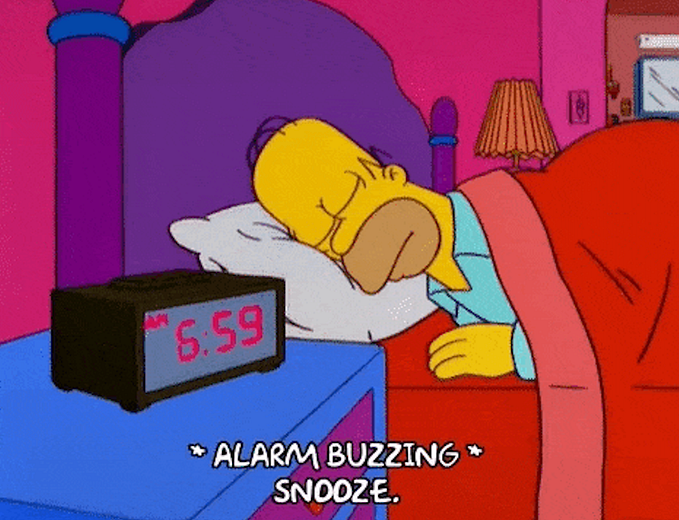Best Practices for Booth Design: Creating an Impactful Exhibition Experience

In the world of trade shows and exhibitions, booth design plays a pivotal role in attracting visitors and leaving a lasting impression. A well-designed booth can effectively communicate your brand message, engage attendees, and generate leads.
In this blog, we will explore the best practices for booth design that will help you create an impactful exhibition experience.
Clearly Define Your Goal
Before diving into the design process, it is essential to clearly define your goals for the event. Are you looking to promote a new product, increase brand awareness, or generate leads? Understanding your objectives will guide your booth design decisions and help you create a compelling visual narrative.
Create an Eye-Catching Display
To stand out in a sea of exhibitors, your booth must have a visually striking display. Incorporate bold graphics, vibrant colors, and high-quality imagery that align with your brand identity. Make sure the design elements are cohesive and consistent with your overall marketing collateral.
Focus on Branding
Your booth should serve as an extension of your brand. Consistent branding across all elements is crucial. Use your company logo prominently and ensure it is visible from a distance. Choose fonts and colors that reflect your brand personality and create a cohesive look throughout the booth.
Emphasize Clear Messaging
Communicating your key messages effectively is vital in a busy exhibition environment. Keep your messaging concise, easy to read, and visible from various angles. Use headlines, taglines, and bullet points to convey your unique value proposition and highlight the benefits of your products or services.
Consider Traffic Flow
A well-designed booth considers the flow of traffic and encourages visitors to enter and engage. Avoid cluttering the entrance and create clear pathways for attendees to explore your offerings. Strategically place key attractions, such as interactive displays or product demonstrations, to draw people further into your booth.
Use Lighting Wisely
Lighting can significantly impact the mood and visibility of your booth. Experiment with different lighting techniques to create a welcoming ambiance and highlight key areas or products. Use a combination of ambient, accent, and task lighting to create depth and focal points within your booth.
Optimize for Brand Engagement
Encourage attendees to interact with your brand by providing opportunities for engagement. Incorporate interactive elements, such as contests, games, or product demonstrations, that allow visitors to experience your offerings firsthand. Foster a friendly and approachable atmosphere that invites conversation and builds connections.
Design for Versatility
Design your booth with flexibility in mind. Ensure that it can be easily assembled, disassembled, and transported to various venues. Modular designs that can be reconfigured for different booth sizes and layouts provide cost-effective solutions and adaptability.
Maximize Storage and Functionality
Efficient use of space is essential in a booth design. Consider incorporating storage areas to keep your exhibit organized and clutter-free. Optimize functionality by designing workstations, meeting areas, and product displays that facilitate seamless interactions with attendees.
The Learning:
A successful booth design goes beyond aesthetics; it creates an immersive experience that captures attention, engages visitors, and communicates your brand effectively. By following these best practices, you can create a booth that stands out, makes a lasting impression, and helps you achieve your exhibition goals. Remember, a well-designed booth is a powerful tool that can elevate your brand and leave a positive and memorable impact on your target audience.










